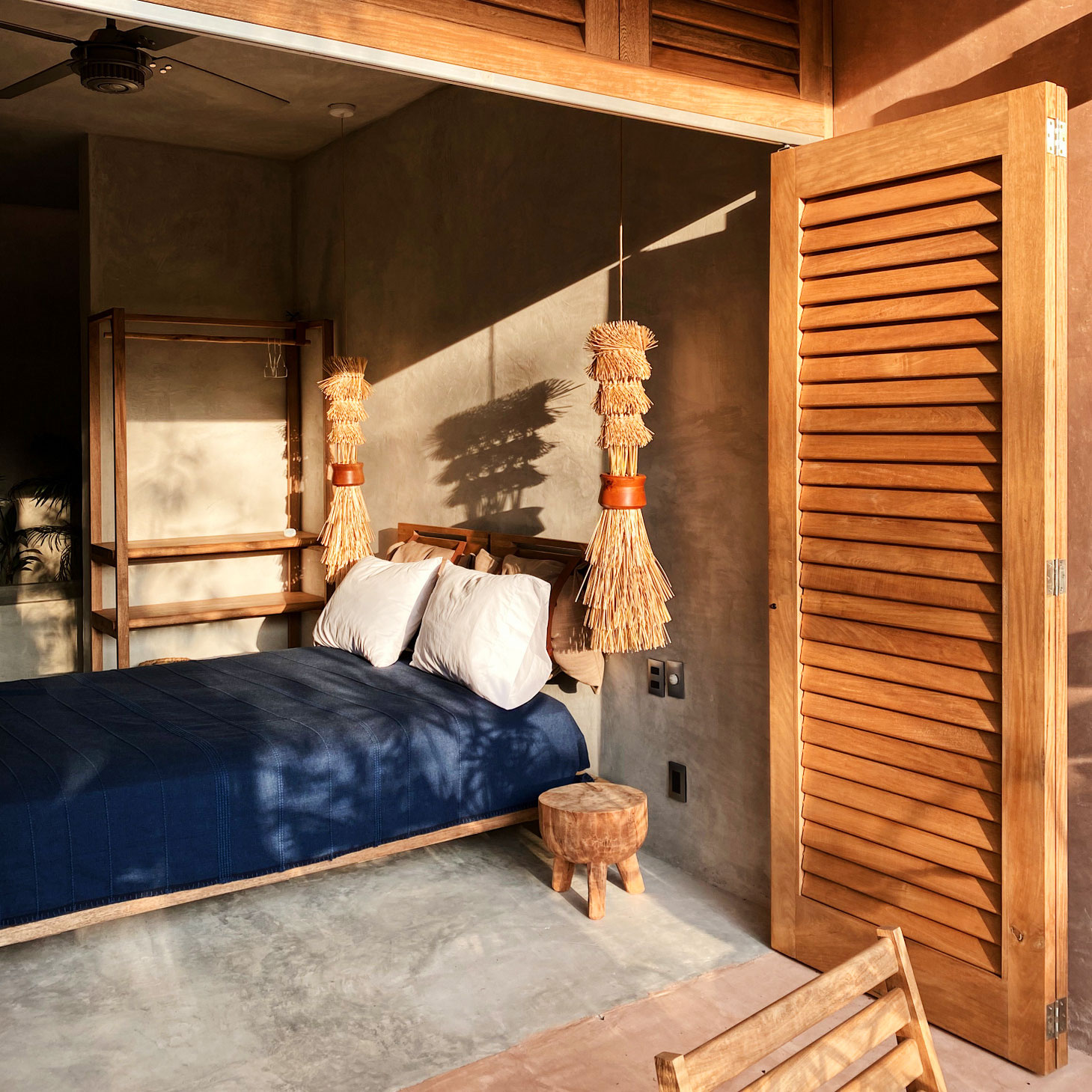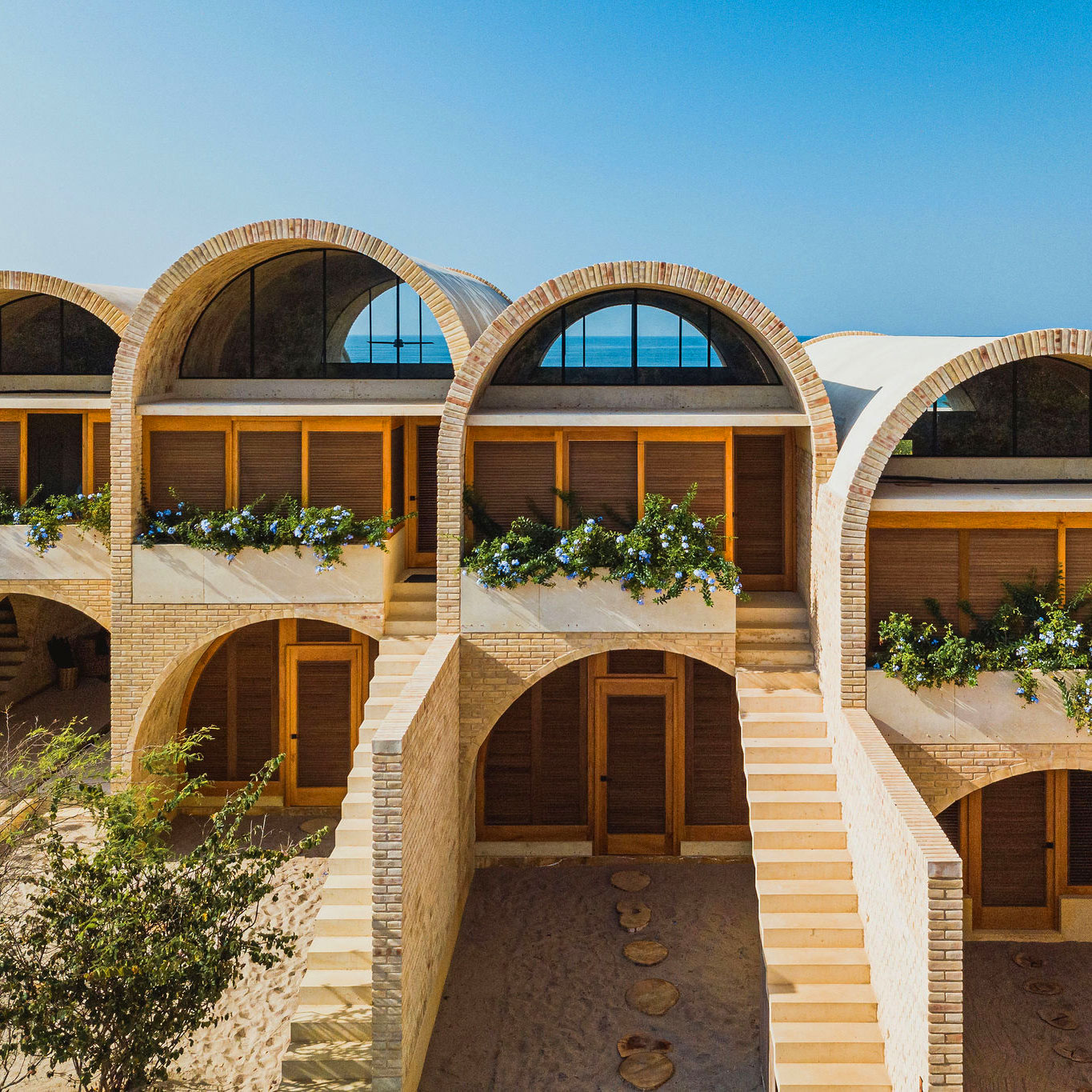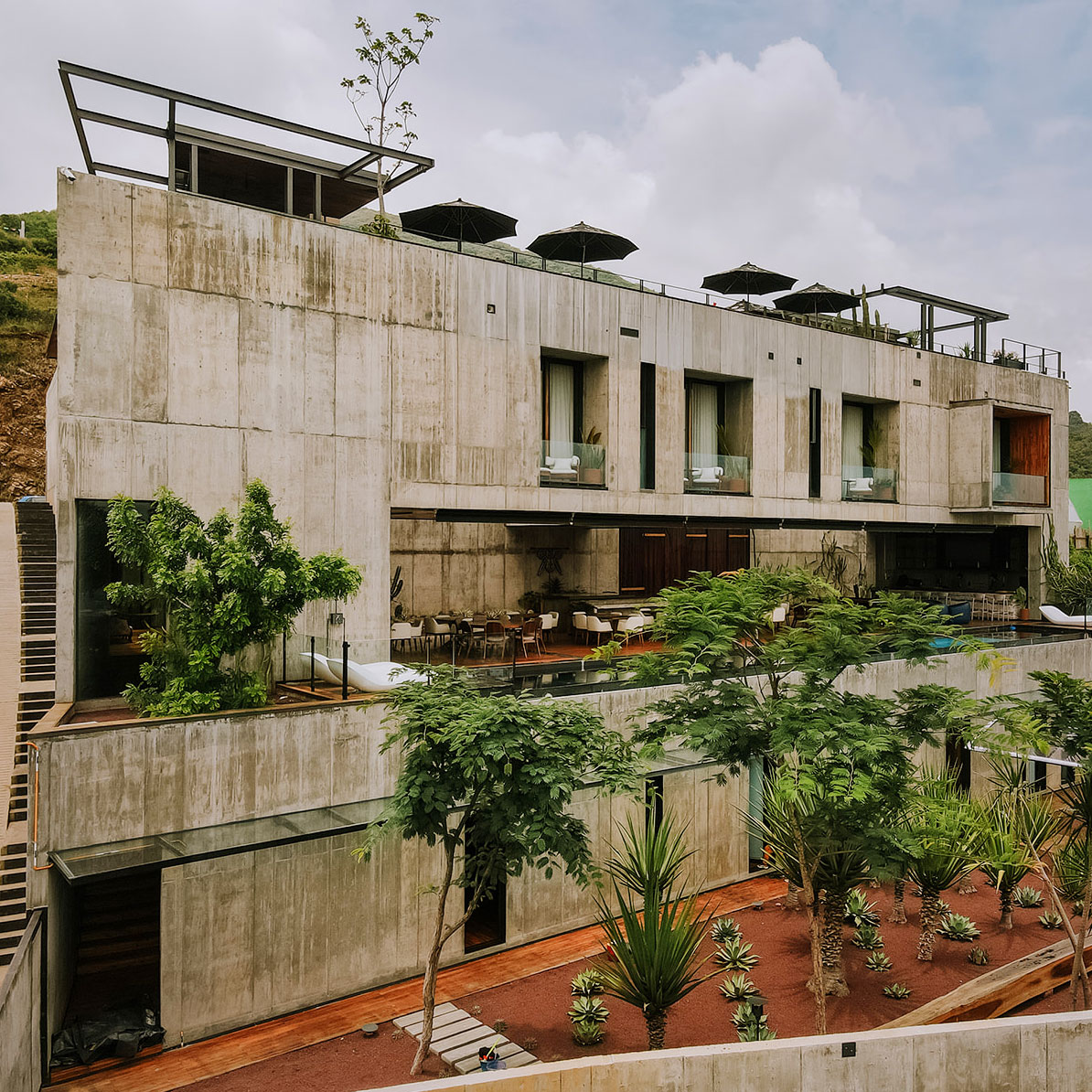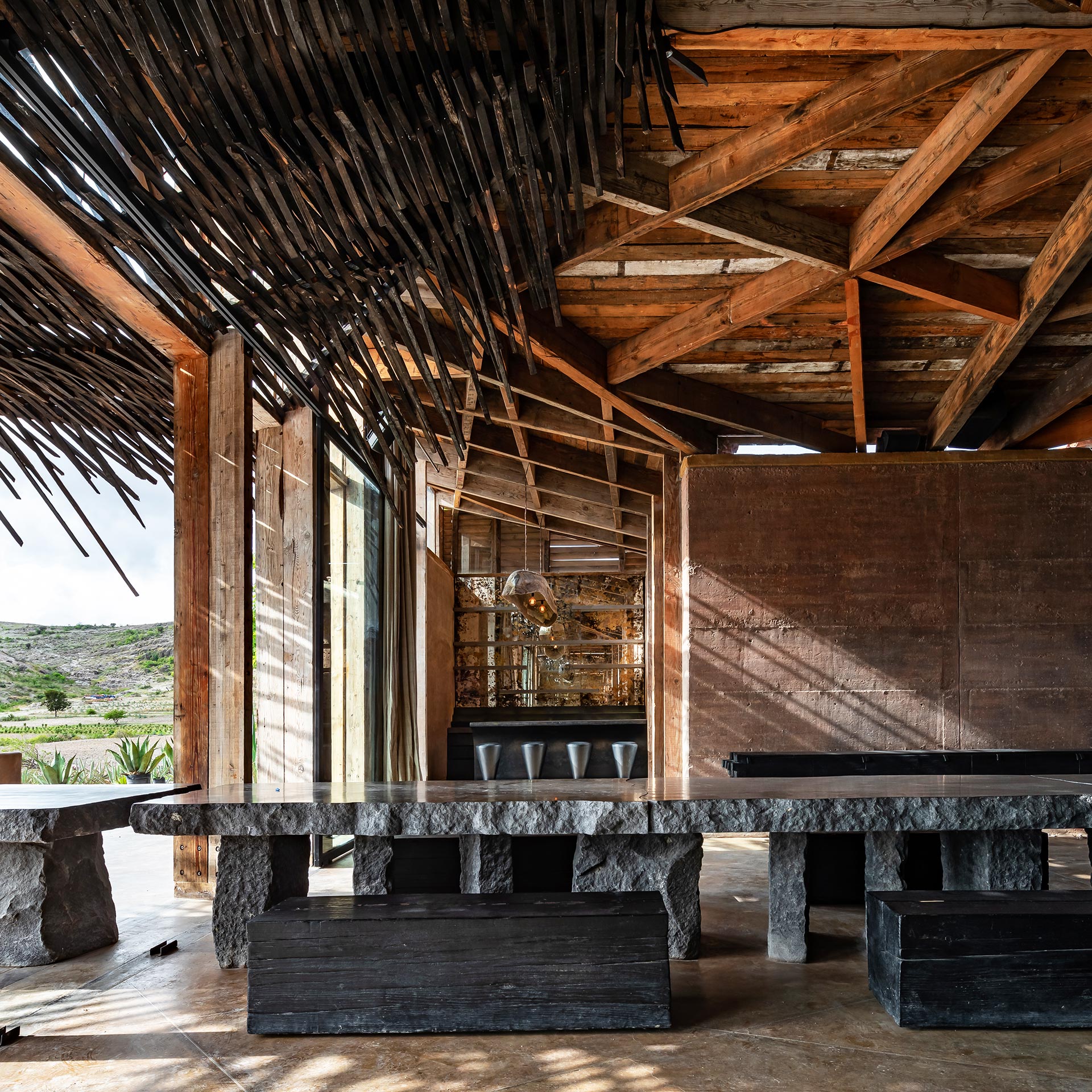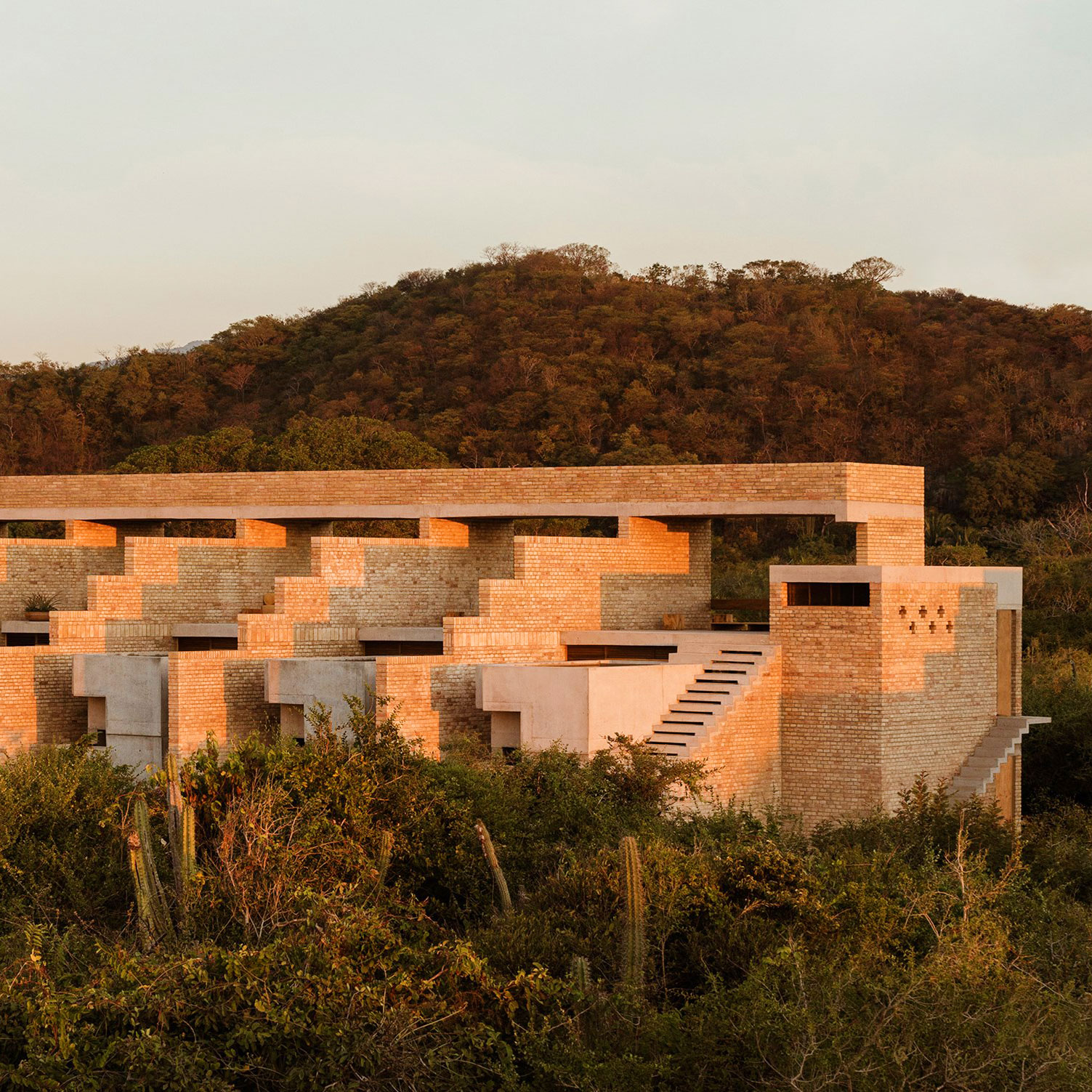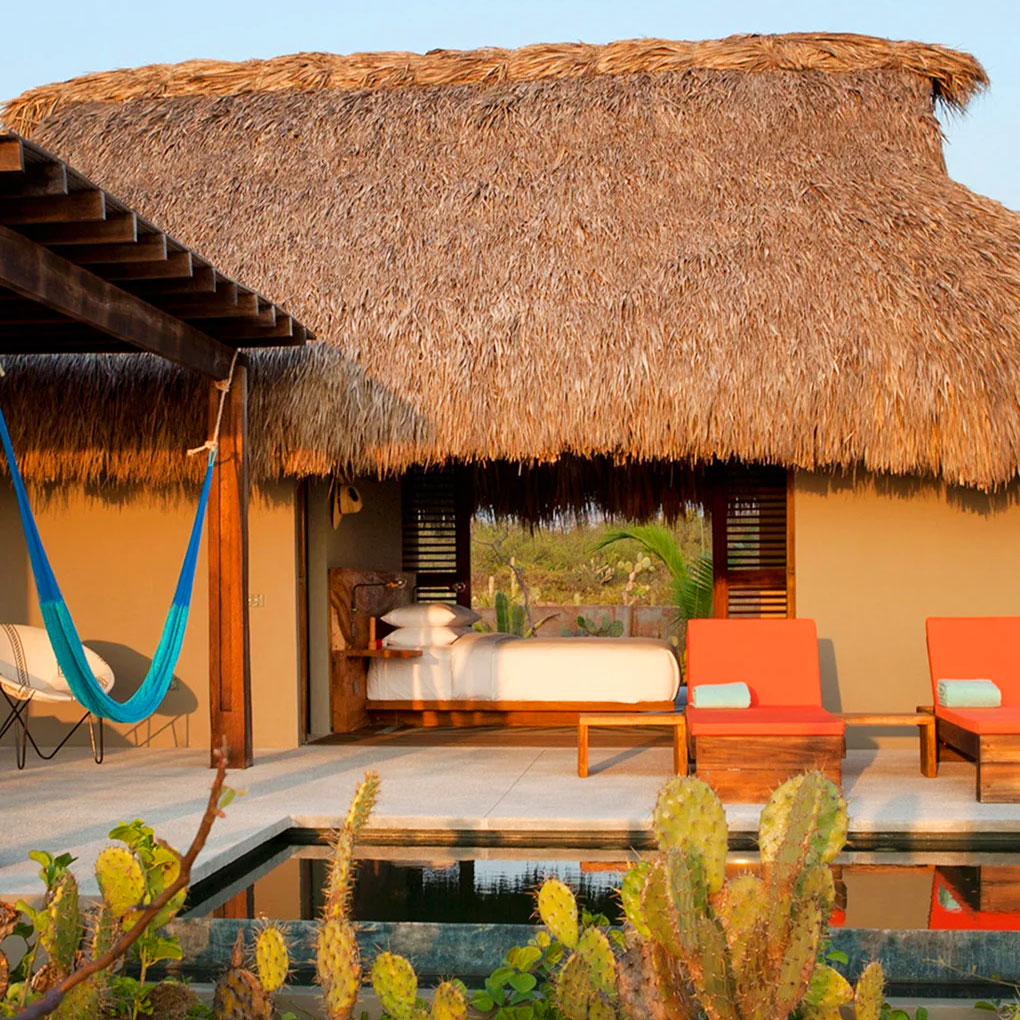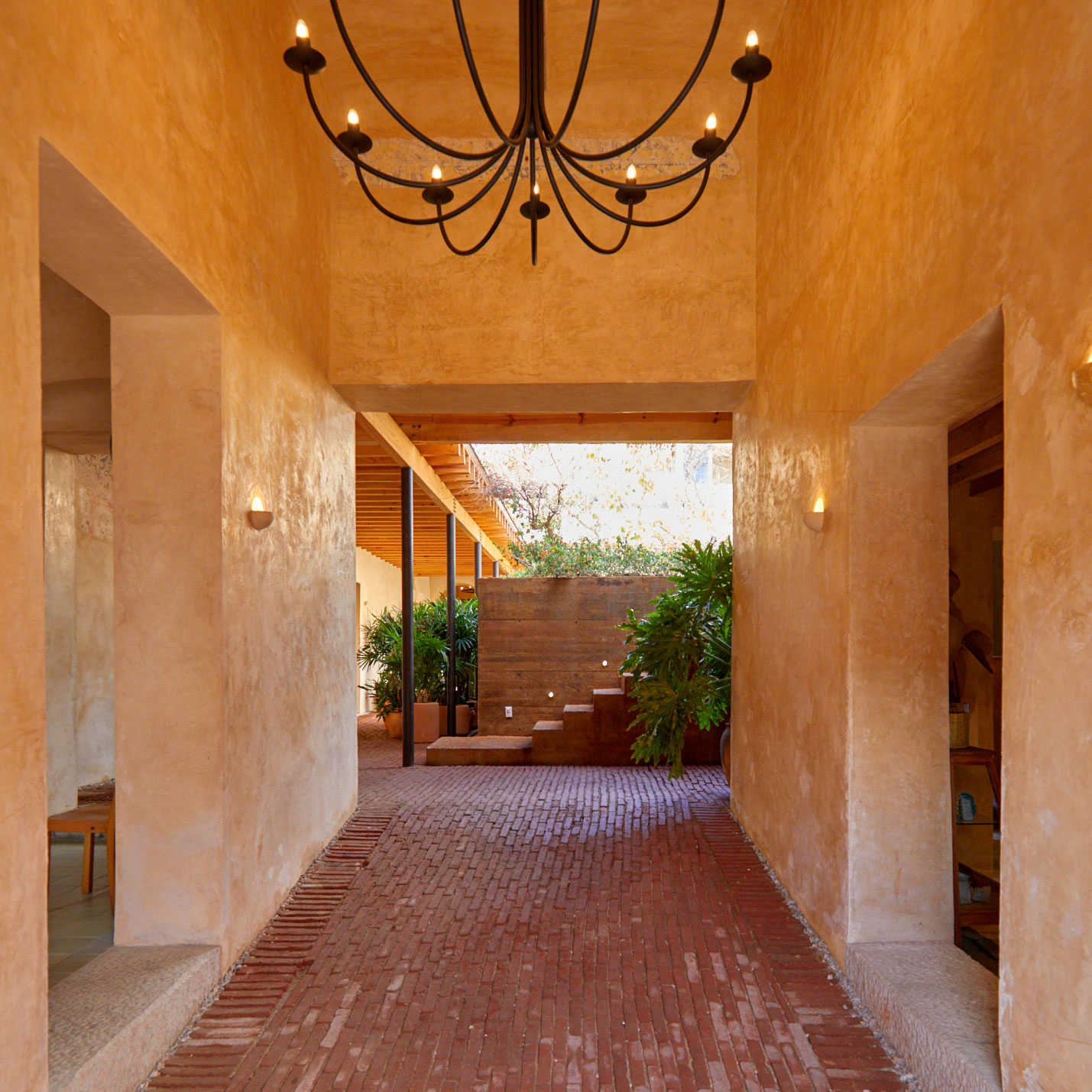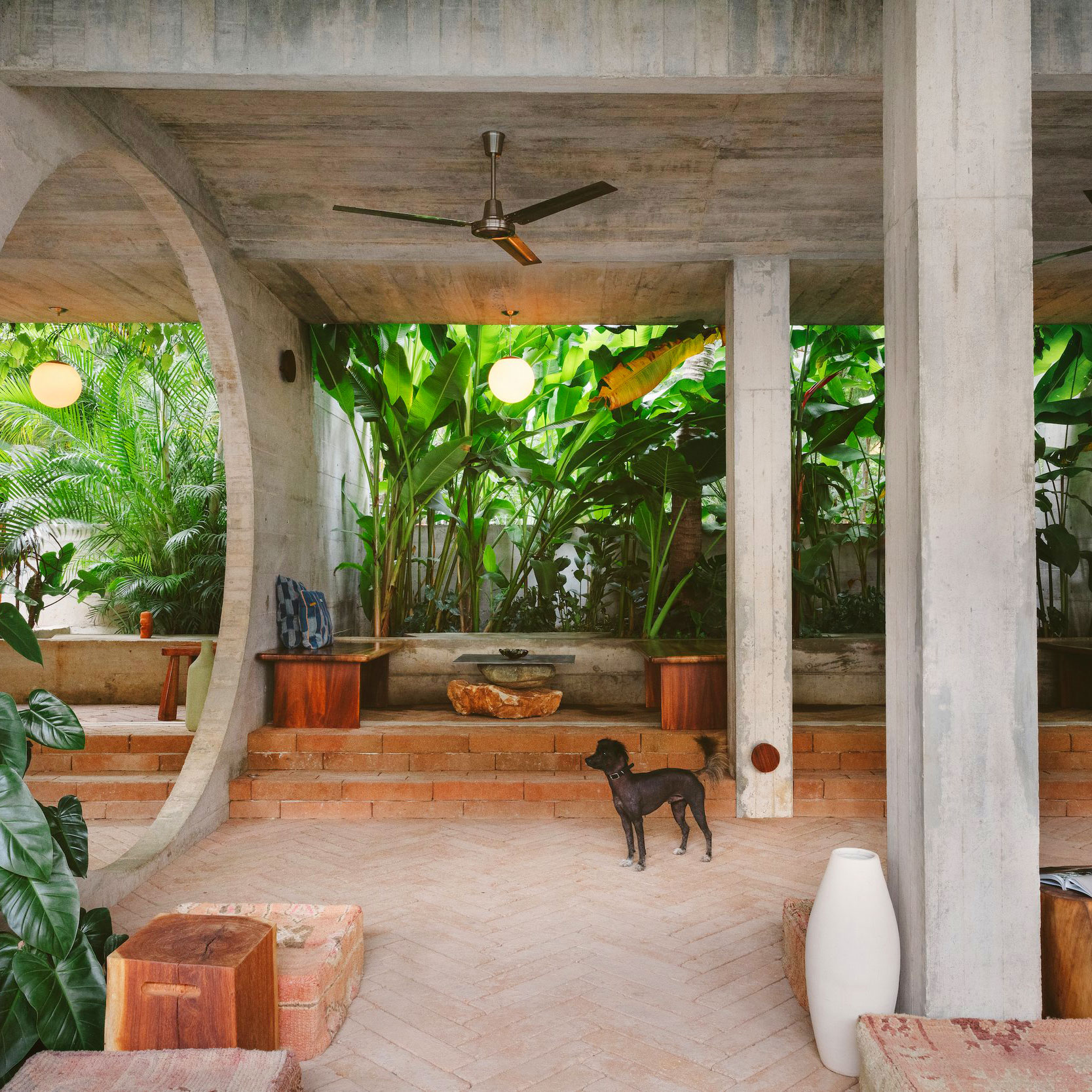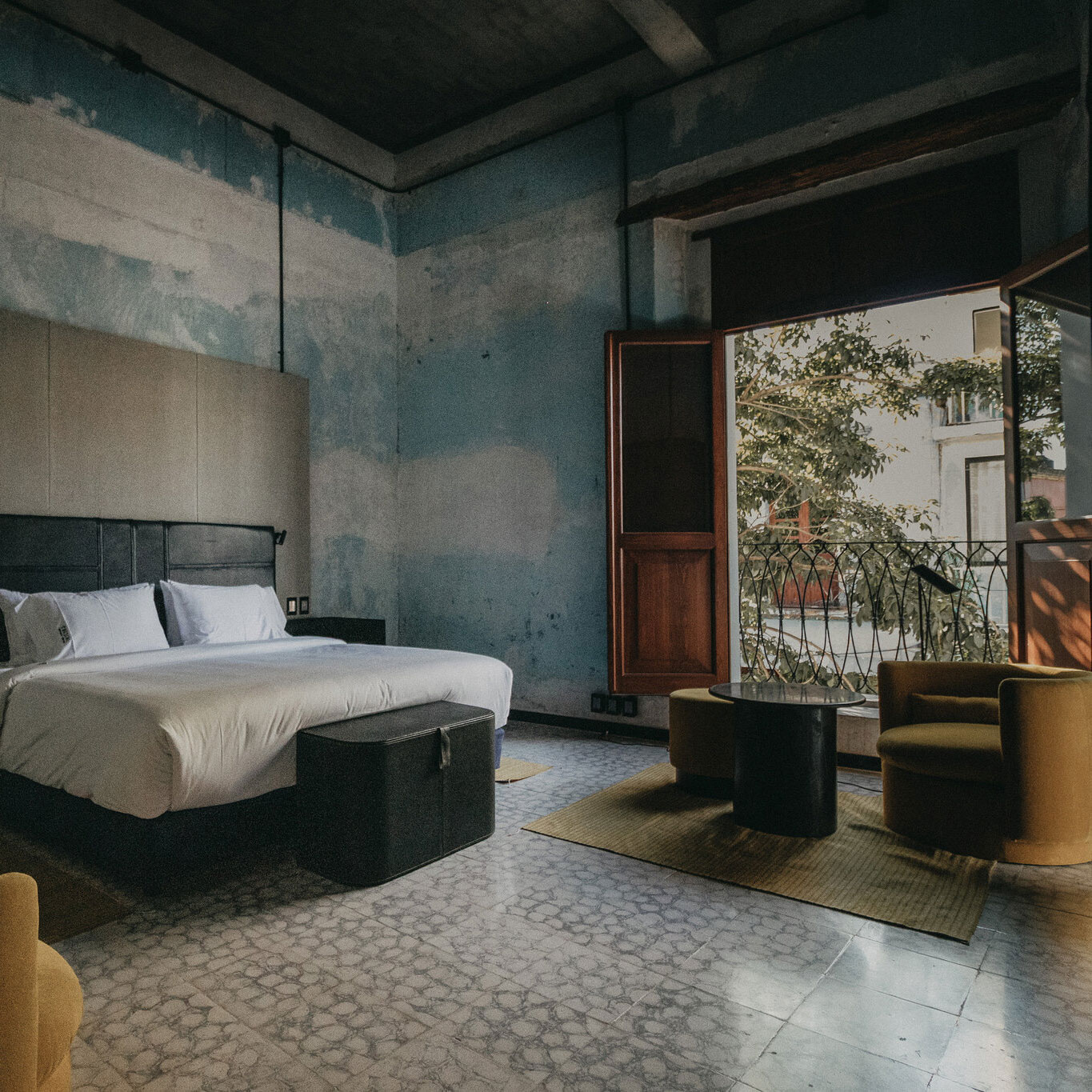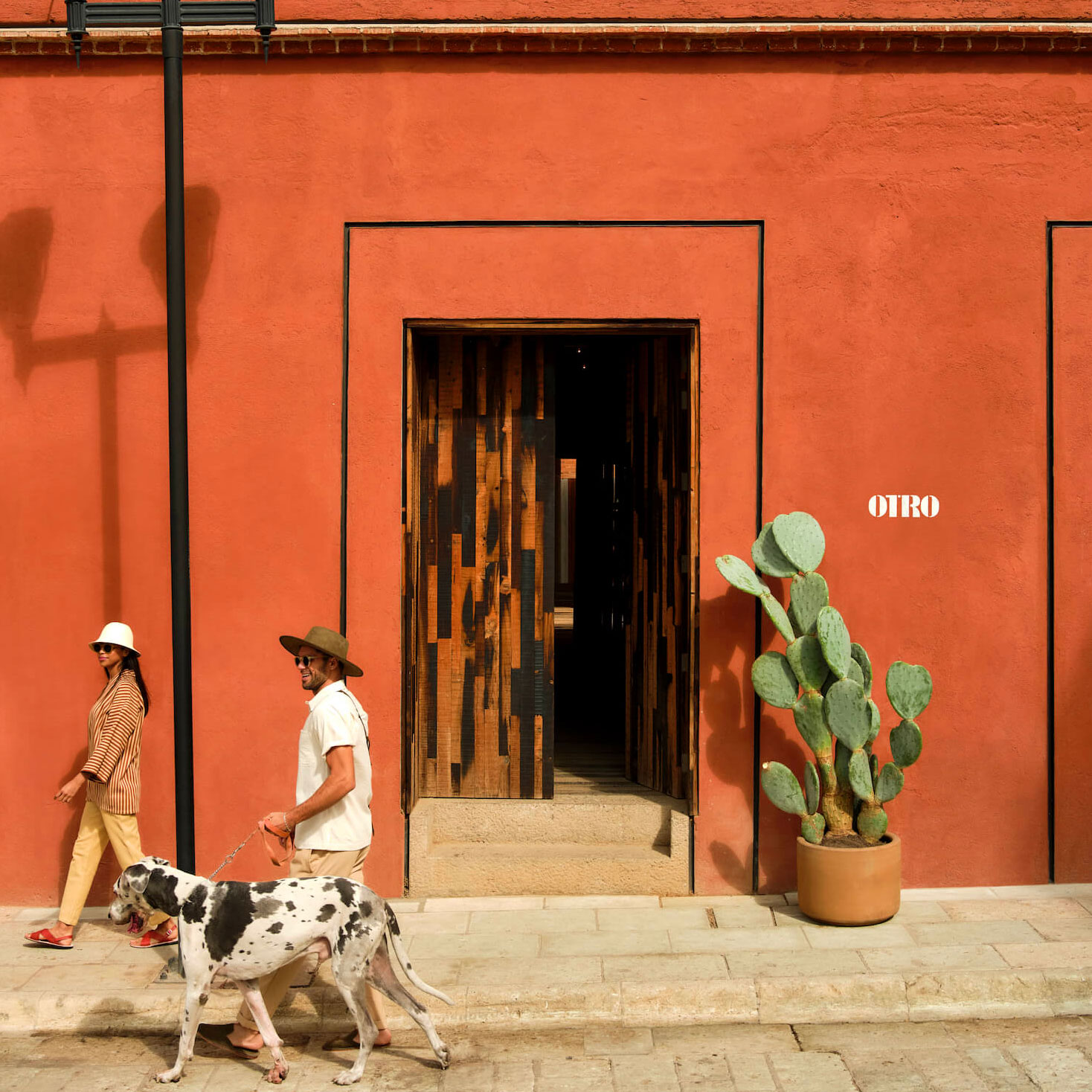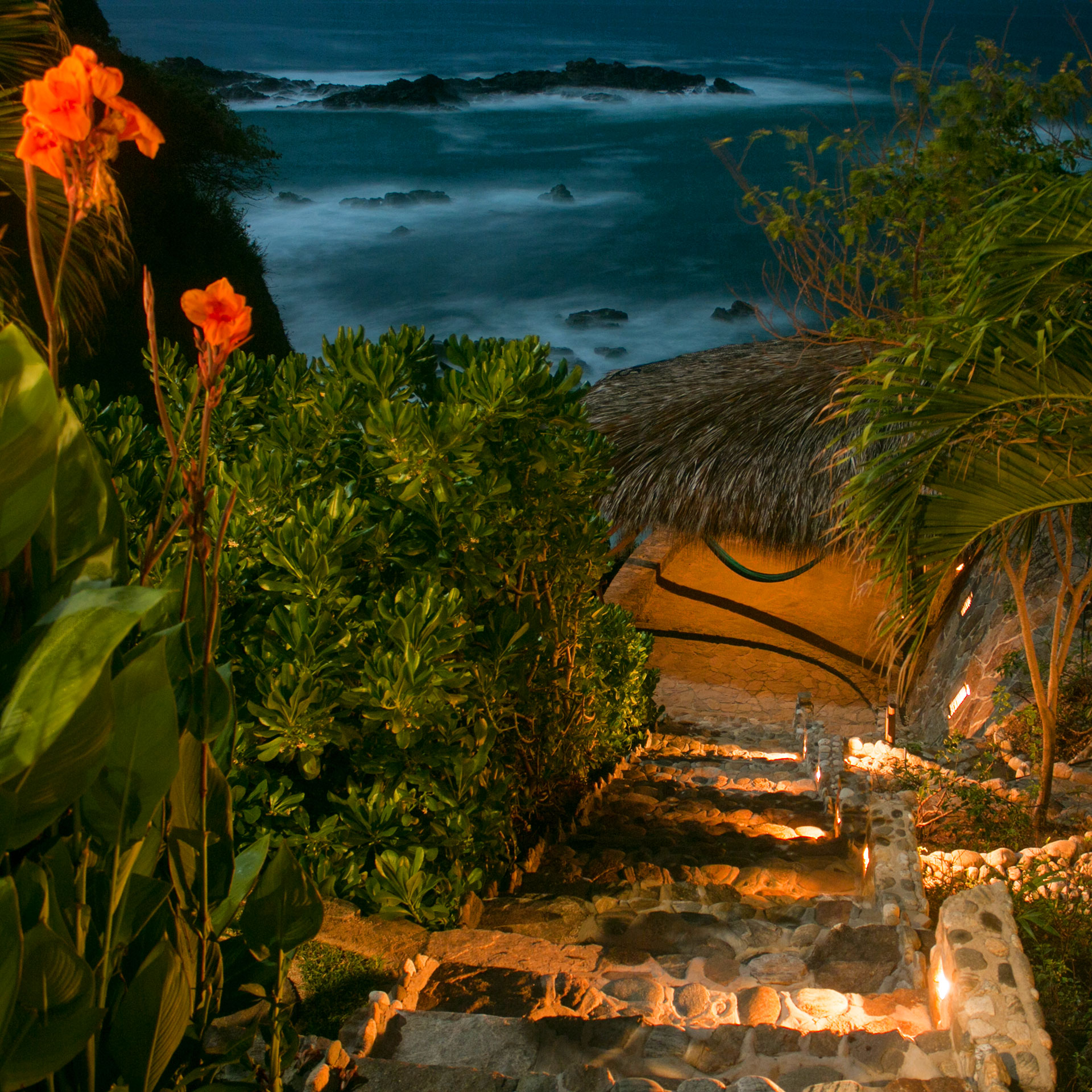
What does a naked protest against McDonald’s tell us about the boutique hotels of Oaxaca, Mexico? Everything.
In 2002, there were plans to open a McDonald’s in the historic central square of Mexico’s Oaxaca City. Legendary Oaxacan artist Francisco Toledo wasn’t having it — not in the beautiful, 500-year-old Zócalo of his beloved hometown. He vowed to stand naked in front of the site, handing out free tamales and reminding locals of the importance of their own ancient culture and the tourism it inspires. “The presence of McDonald’s would homogenize and distort what is unique,” he wrote.
Hundreds of people joined his protest, which was ultimately successful. City officials rejected the restaurant. And in the end, no one even had to take their clothes off.
Toledo understood that authenticity is the strongest form of cultural currency. Enlightened travelers are in steady search of destinations that defy globalization and the creep of mass commercialism. Places like Oaxaca. You probably know Oaxaca is the birthplace of mezcal and mole. You might also know about its iconic Dia de los Muertos celebrations and its colorful alebrijes sculptures. What you might be less aware of is Oaxaca’s growing reputation as a hotspot of architecture and design.
We’ve collected some of Oaxaca’s most compelling hotels below. Among them you’ll see groundbreaking concepts and bold ideas that trade heavily on the traditions of the region (along with a lot of concrete). Progress and change aren’t bad, but we should insist they happen as authentic expressions of culture that preserve and promote the local heritage. Here, they do.
See our entire selection of boutique hotels in Oaxaca.
Monte Uzulu Boutique Hotel
San Agustinillo, Mexico
You wouldn’t mistake Monte Uzulu Boutique Hotel for a big all-inclusive resort. The buildings, by architects At-te and designers Taller Lu’um, are a contemporary version of traditional thatched-roof palapa structures, and the experience perfectly balances sensitivity to the locale and the environment with the demands of modern boutique hospitality.
Casona Sforza
Puerto Escondido, Mexico
There’s nothing on the Oaxacan coast — or anywhere else — quite like Casona Sforza, an 11-room luxury boutique hotel whose unmistakable arched volumes stand mere yards from the beach on the south end of Puerto Escondido. Architect Alberto Kalach designed these distinctive structures, which are placed to maximize their views, their privacy, and their exposure to the breeze.
Flavia Hotel
Oaxaca City, Mexico
The archetypal Oaxaca City luxury hotel is a colonial palace in the historic center, but everything about the Flavia Hotel is unconventional: its mountainside location on the edge of town, its monumental Brutalist construction, and, perhaps unexpected given its exterior silhouette, its exceedingly warm and livable interior spaces.
Casa Silencio
San Pablo Villa de Mitla, Mexico
Casa Silencio finds itself in the rugged, mountainous mezcal-producing lands to the east of the capital city. What was previously just a working distillery owned by the El Silencio mezcal brand is now one of the most extraordinary hotels in all of Mexico, a spectacular compound of modern buildings constructed from rustic rammed earth, timber, and tile.
Hotel Terrestre
Puerto Escondido, Mexico
Puerto Escondido is a well-established destination — but it’s never seen anything like Hotel Terrestre. Then again, neither has anywhere else. Set between the mountains and the sea on the verdant coast just to the west of town, it’s a dramatic structure, a spaceship made of humble, locally sourced brick and concrete by architect Alberto Kalach.
Hotel Escondido
Puerto Escondido, Mexico
Hotel Escondido is “barefoot luxe” at its apex, a sort of impossibly stylish version of beach-bum living, its sixteen bungalows smallish and spare but perfectly formed. The restaurant serves can’t-miss local seafood, the bar shows off the Habita talent for hospitality, and the pool lounge mixes modern design with the most primitive of elements, to the greatest possible effect.
Hotel Escondido Oaxaca
Oaxaca City, Mexico
The historical center of the city of Oaxaca is a wonder — a UNESCO World Heritage Site and a fantastic tapestry of every era from the 16th century to the present. Hotel Escondido Oaxaca is a blend of its own, a 19th-century house and an attached neo-Brutalist structure, combining to create a contemporary boutique hotel designed with an eye towards blurring the distinctions between old and new.
Casa TO
Puerto Escondido, Mexico
On the southern fringes of Puerto Escondido, along the Pacific coast of Oaxaca, Casa TO is an architectural statement: an austere beauty almost entirely composed of raw concrete, designed by architect Ludwig Godefroy with just a few economical gestures towards luxe comfort and Oaxacan tradition.
Pug Seal Oaxaca
Oaxaca City, Mexico
Pug Seal’s inventive, pocket-sized boutique B&Bs feel like perfect little secrets in the vastness of Mexico City — in the compact historical center of Oaxaca City, however, a 20-suite boutique hotel looms larger. Not to worry: Pug Seal Oaxaca is just as tranquil, just as residential in atmosphere as its cousins in the capital, designed as it is around a central courtyard decorated with colorful murals.
Otro Oaxaca
Oaxaca City, Mexico
With Otro Oaxaca, Grupo Habita and local architect João Boto Caeiro have masterfully mixed traditional Oaxacan textures and materials — and overt references to Zapotec archaeological sites — with modernist geometries and minimalist interiors. The result is both unmistakably Oaxacan and quite unlike anything else in town.
Hotel Casa Azul de Oaxaca
Oaxaca City, Mexico
Mexico wasn’t exactly hurting for tourism before, but a contemporary visitor can’t help noticing a few changes about the place. Modern Mexican design, these days, is in full flight, and a new generation of hotels leaves the old stereotypes (rebuilt ruins, tequila-soaked students) a distant memory. Among them is Hotel Casa Azul de Oaxaca, a tiny boutique in the Oaxacan city center that’s a quiet showcase for the city’s modern design scene.
Cocolia Hotel
Mazunte, Mexico
Boutique hotels were understandably rather late reaching places like Mazunte — in a tropical paradise like this, you’d be happy with the most rudimentary lodging. But the advent of a place like the Cocolia Hotel marks the beginning of a new era; finally this fantastic destination has a small but stylish eco-hotel to call its own, with nine rectangular concrete bungalows that offer a nearly self-contained experience.
Zoa Hotel
Santa Maria Tonameca, Mexico
They call Zoa a “hotel secreto,” and it’s not much of an exaggeration; it’s set on a hillside above the coast, between the two beaches, and its elevation offers not just privacy but far-ranging views. With just five thatched-roof bungalows, it keeps its footprint small, as do its ecologically sensitive practices, from its onsite vegetable garden to its biodegradable bath products.
Hotel Humano
Puerto Escondido, Mexico
Tucked along a pedestrian lane in La Punta Zicatela, Hotel Humano is Grupo Habita’s latest expression of barefoot luxury. Just steps from Puerto Escondido’s iconic surf, its minimalist forms and earthy palette – concrete, tropical wood, handmade tiles – frame 39 thoughtfully composed rooms. The rooftop spa, courtyard pool, and chef-driven restaurant echo the laid-back rhythm of the coast.

Mark Fedeli is the hotel marketing and editorial director for Tablet and Michelin Guide. He’s been with Tablet since 2006, and he thinks you should subscribe to our newsletter.


